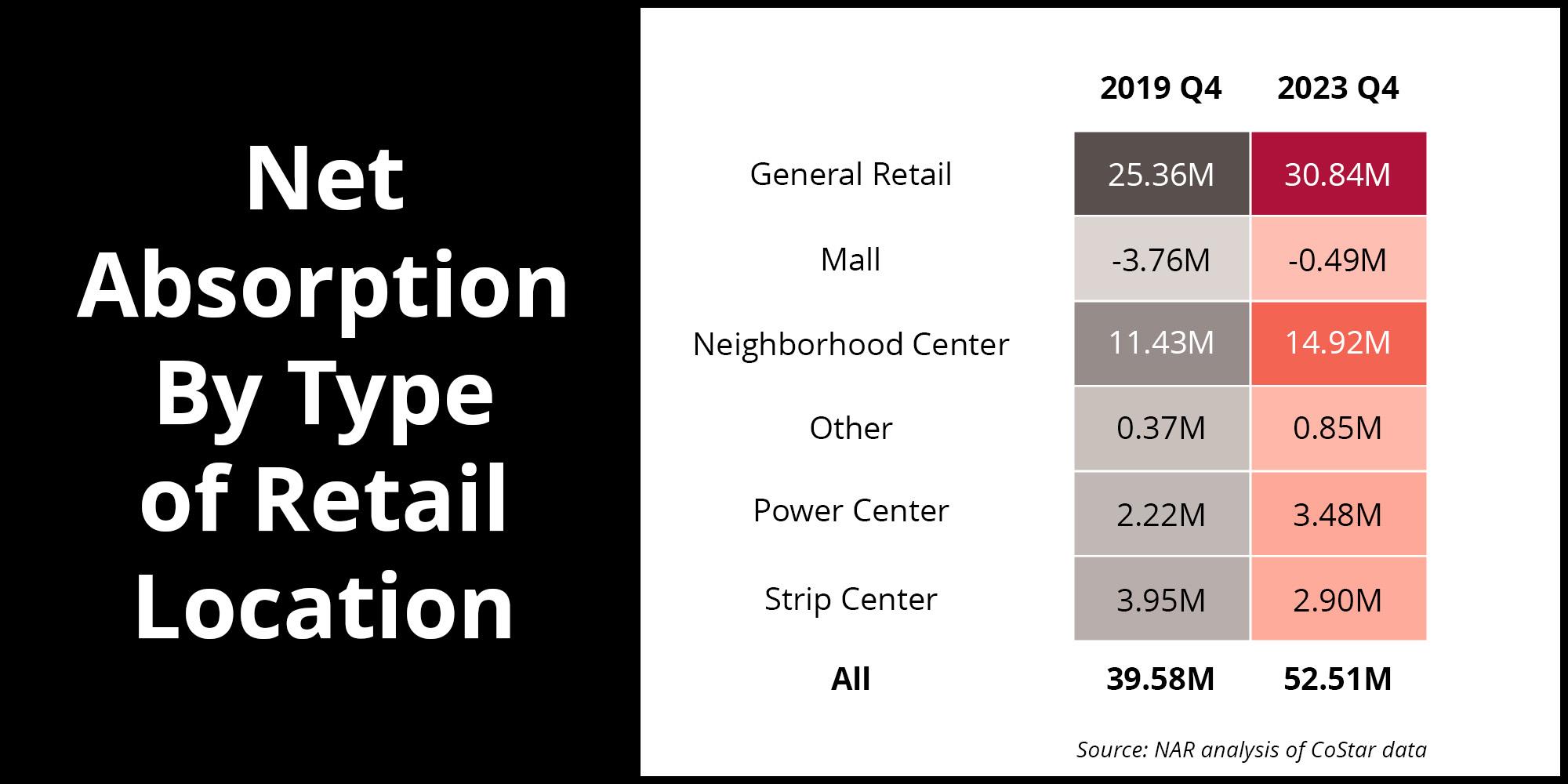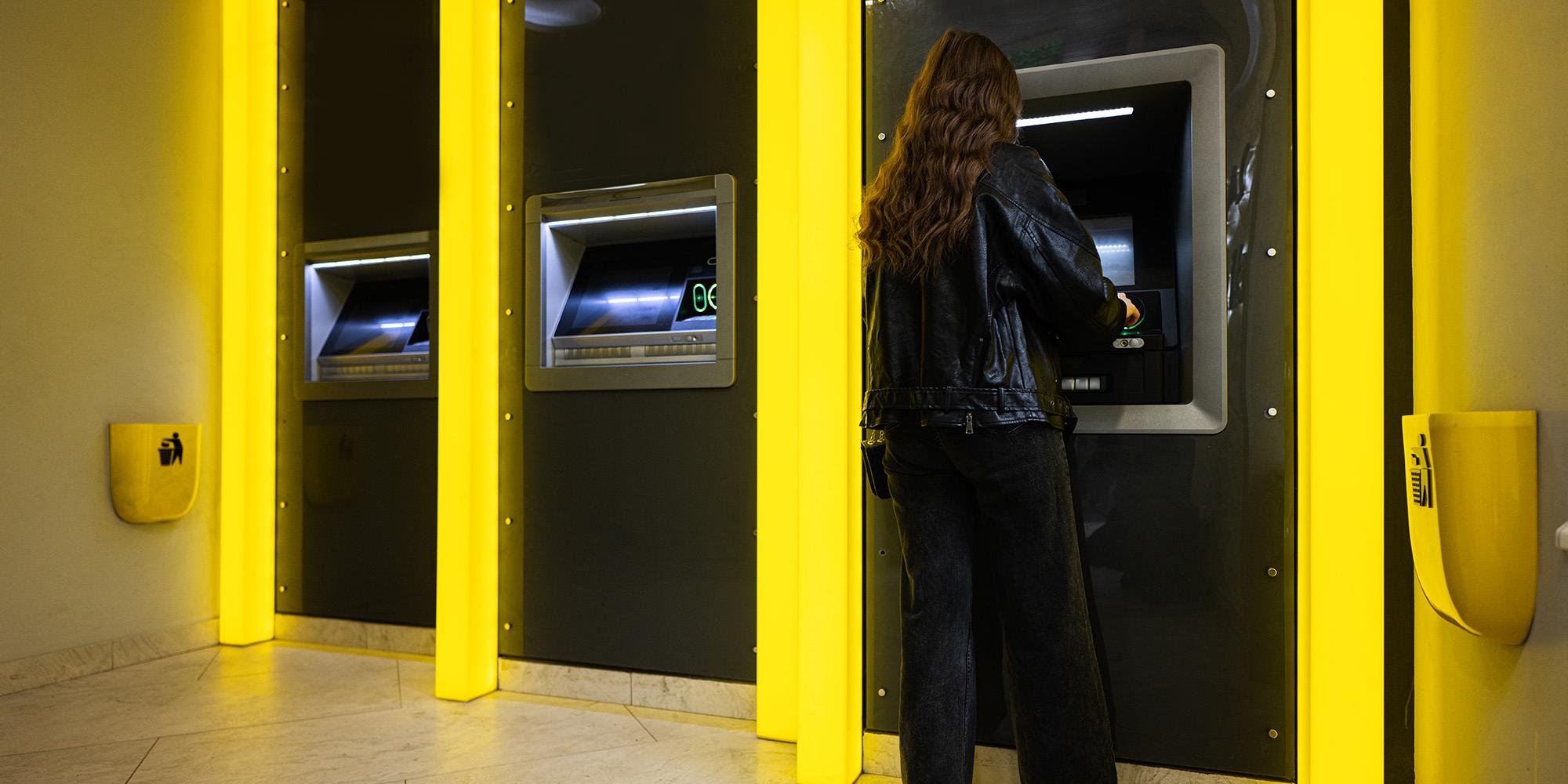
Pickleball Provides Final Piece of Wachusett Plaza Puzzle
Worcester Business Journal
The lease by Route 12 Pickle for the 30,000-square-foot anchor space makes Wachusett Plaza 100% leased, according to Kelleher & Sadowsky V.P. Thomas Bodden, the result of a four-year push to fill the plaza which was decimated by a loss of tenants in 2019.







